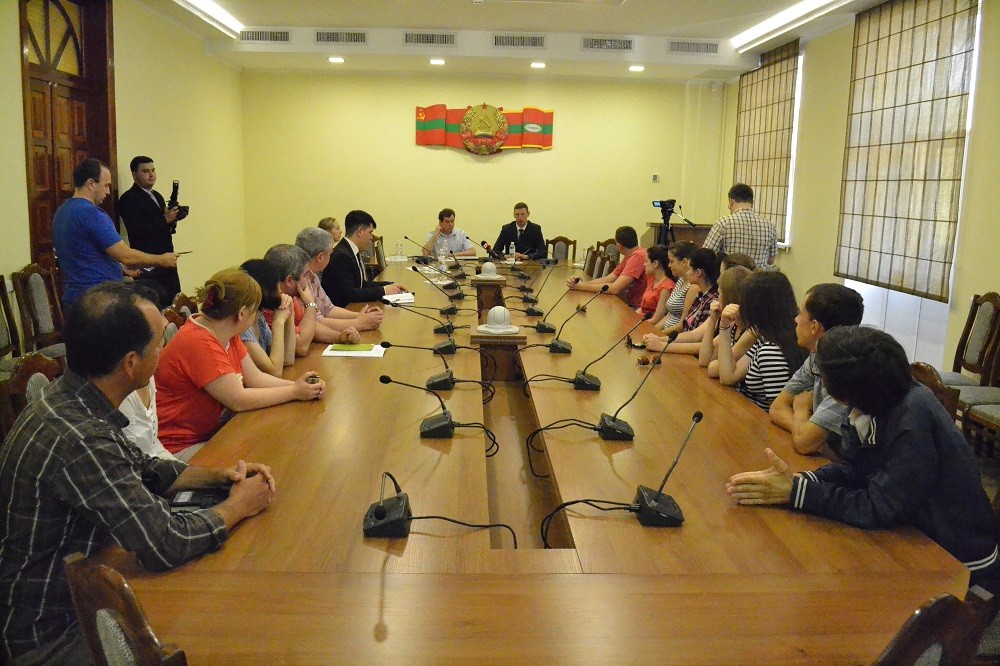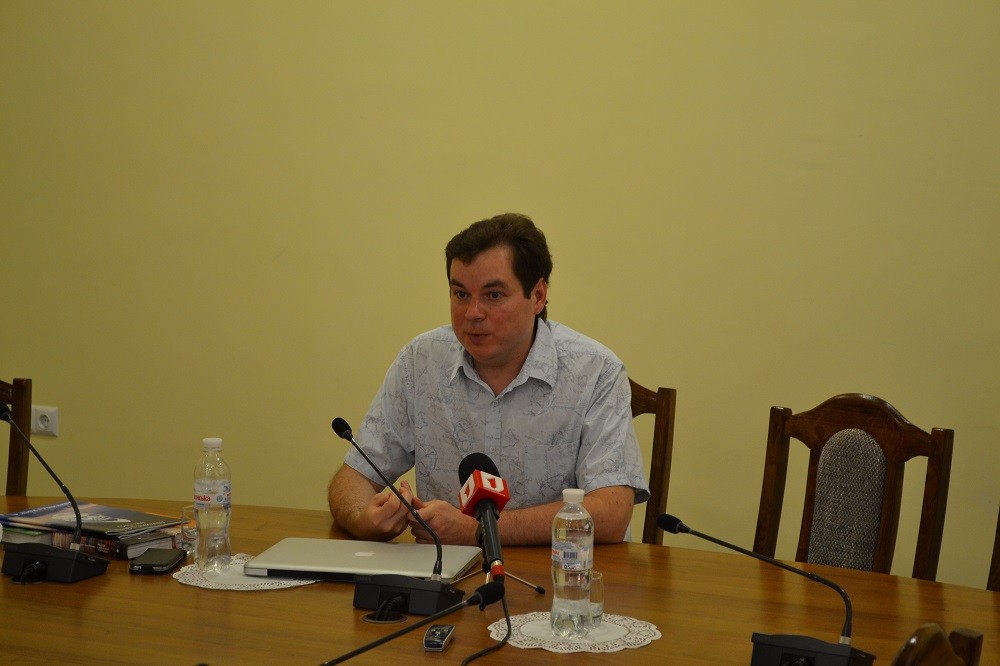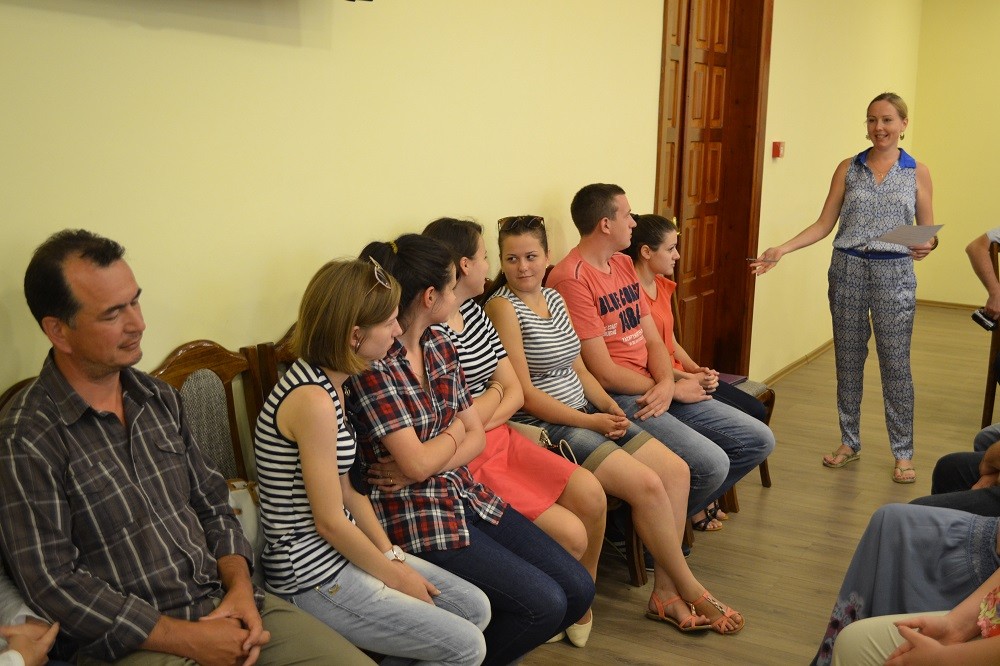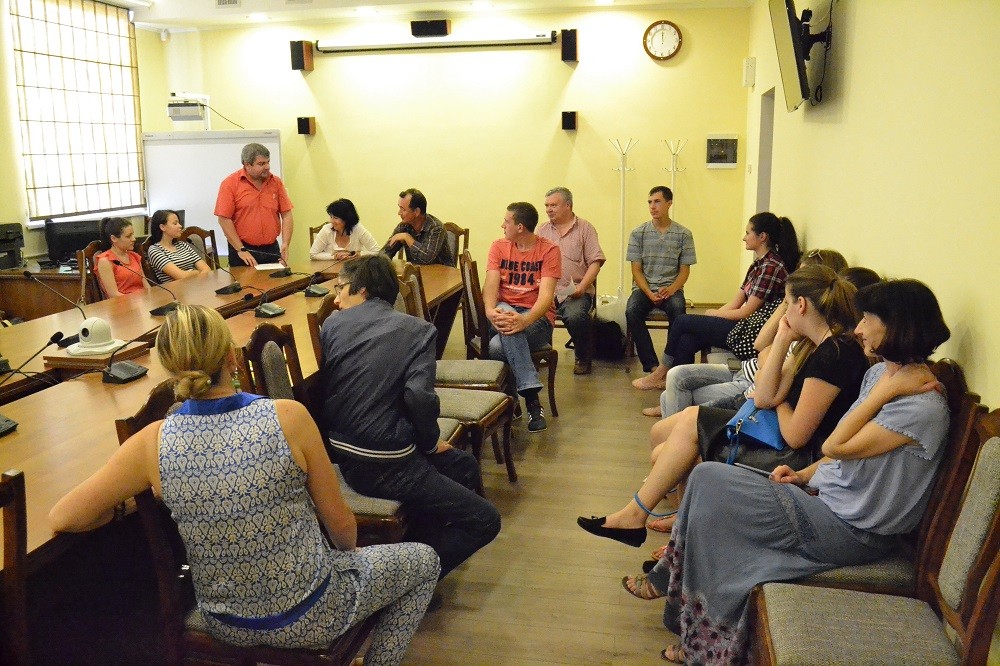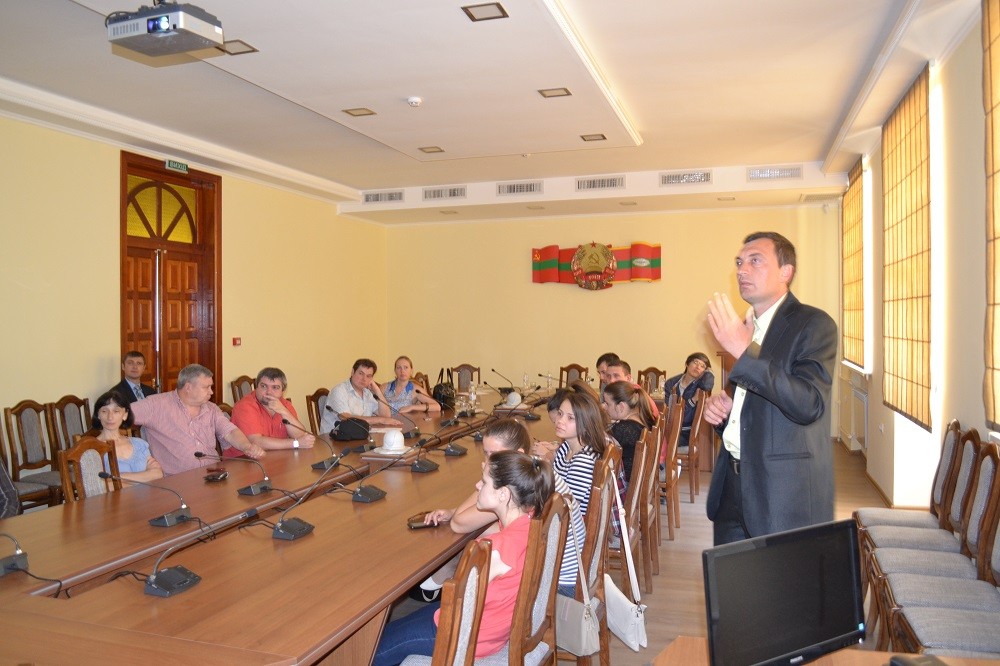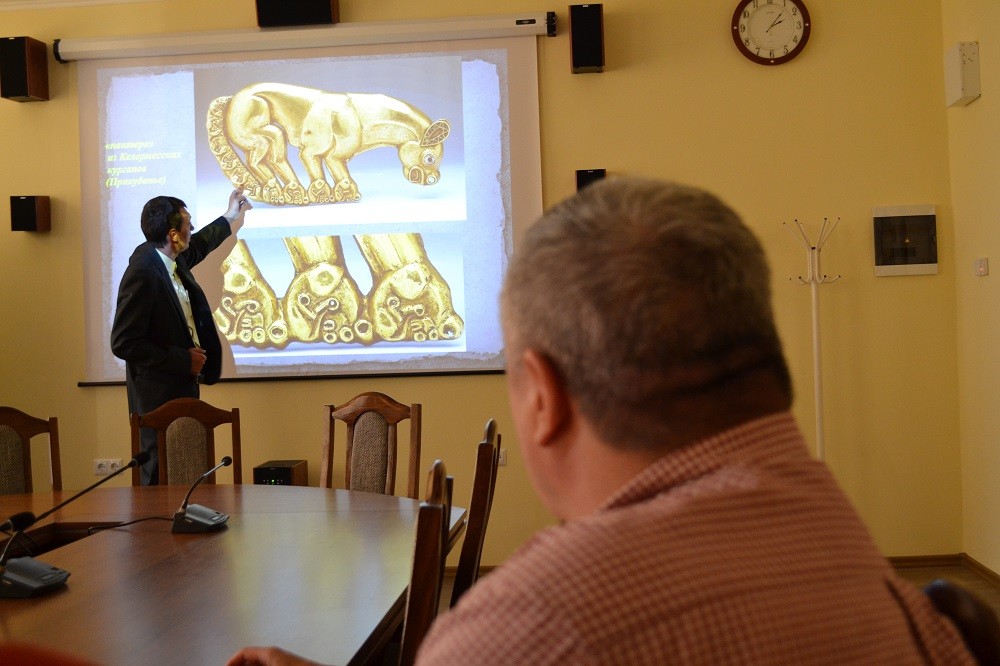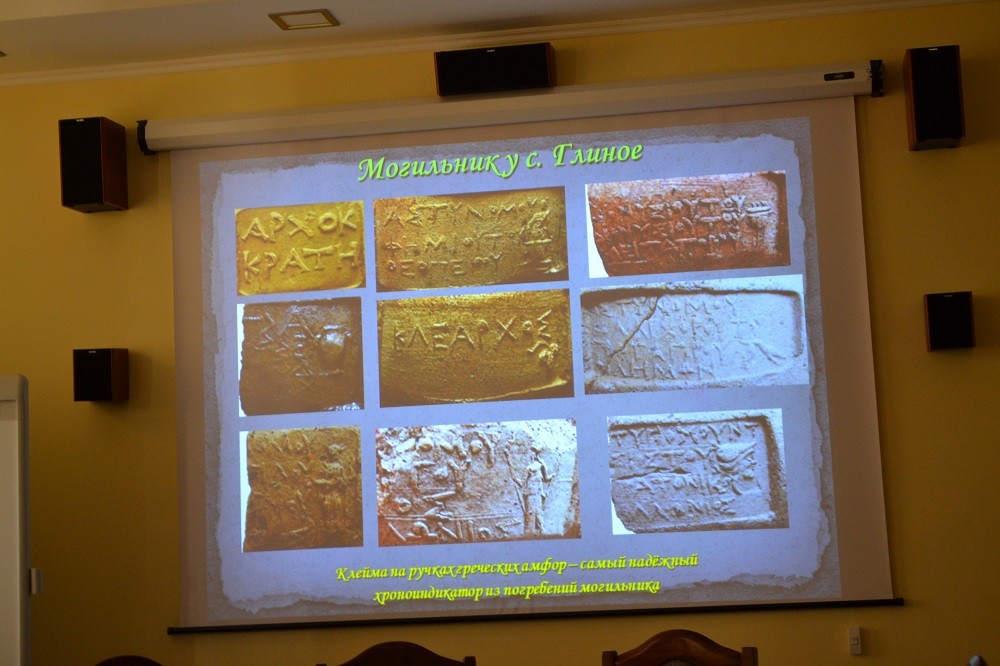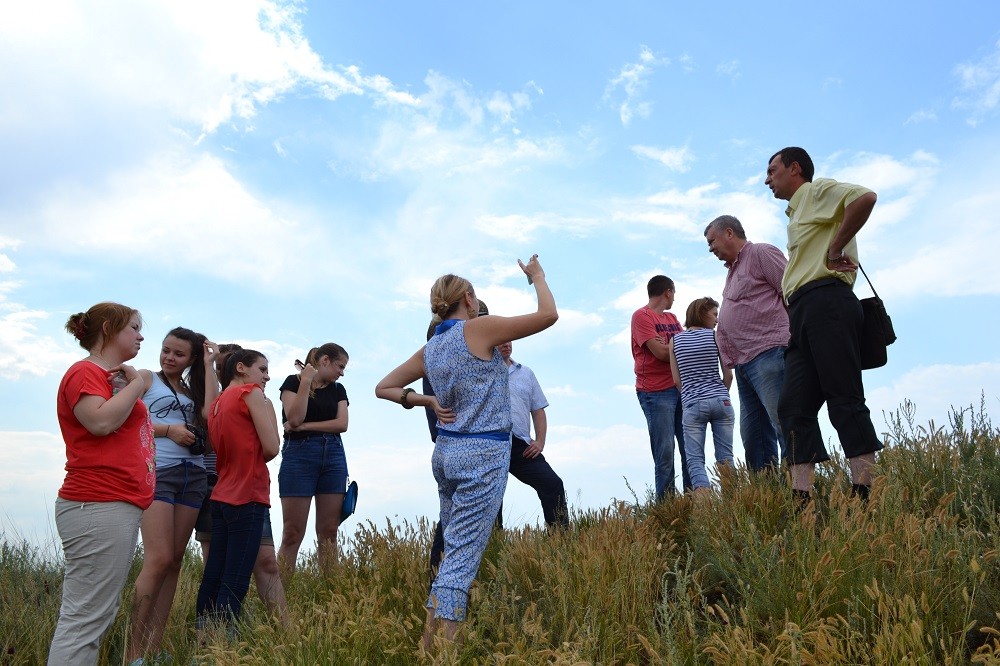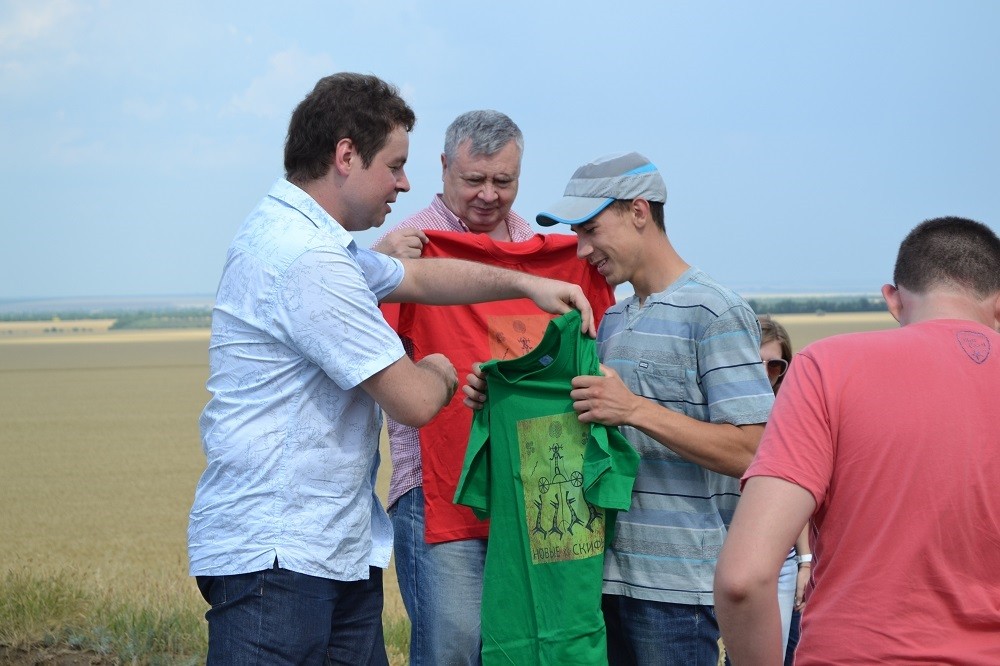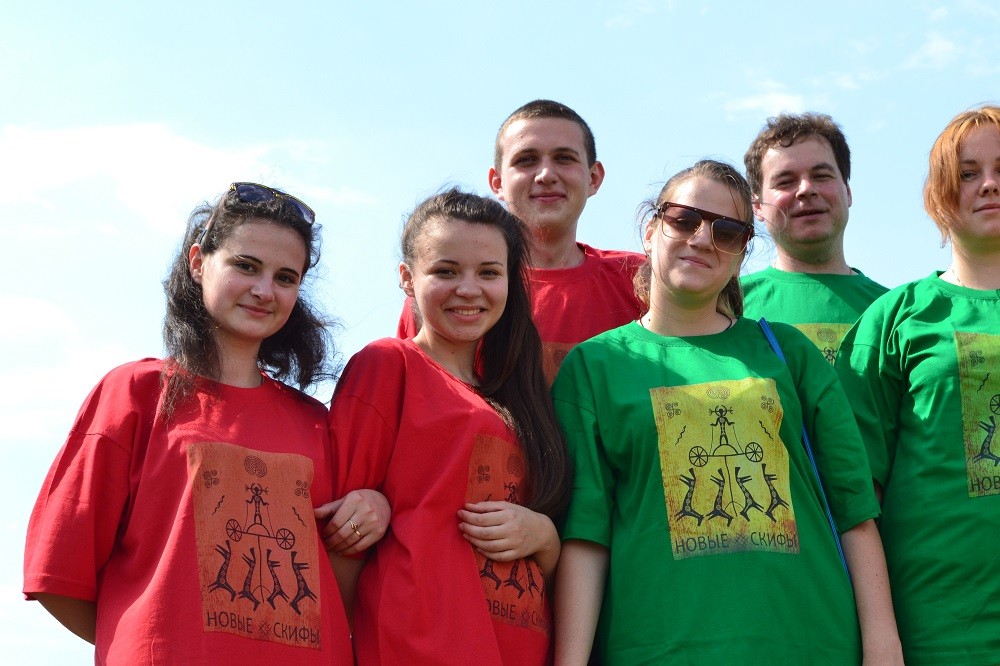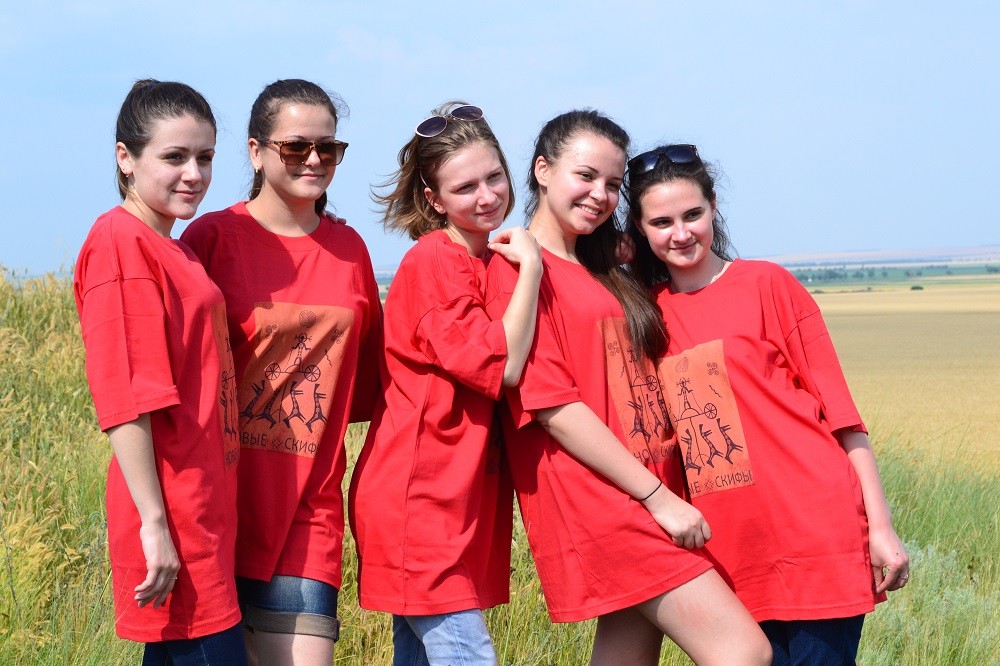Lev Gumilyov Center representatives' first day in Pridnestrovie was very eventful and interesting. The Russian guests met with students and scholars of the History Department of the Pridnestrovie's State University. The director of the Center Pavel Zarifullin gave a lecture about eurasianism basics, and, within it, he noted an important role of Pridnestrovie in the Eurasian integration system. He emphasized that, in the conditions of political turbulence in neighboring states, Pridnestrovie gradually becomes a regional center of eurasianism.
«Unique regional identity has evolved in Pridnestrovie. Here, people value friendship, value each other. In my view, people from different countries including Russia could learn from Pridnestrovians how to understand and perceive other people," Pavel Zarifullin told.
During the lecture, he emphasized that the Eurasian union, which had been created in 2015, became more and more attractive trade partner for many countries. Some states, such as China, Vietnam, Turkey, already negotiate with the Eurasian Union about the free trade zone establishment. At the same time, information war between Russia and the West expands, and its front line, according to the director of the Lev Gumilyov Center, stretches just across sister republics of the former USSR. Nevertheless, Pavel Zarifullin is sure that Moldova and Ukraine will change their vector to the Euroasian integration in future.
«We have a common cultural code which has been created for centuries. The nations may change in some way, but the one whole cultural space remains indestructible," he told.
An entertaining ethnotraining called as «Common Historical Destiny of the Eurasia nations» was held in the end of the lecture. The audience was offered to split up into three groups. Everyone represented separate ethnic group of Pridnestrovie. Participants of the game had to highlight three positive and three negative qualities of the Pridnestrovie's peoples.
«It is notable that word 'nationalism' was never pronounced during the game. When specifying characteristic ethnic features, clichés always prevail. In other regions of the former Soviet Union, representatives of different nationalities hold something against each other. In Pridnestrovie Russians, Ukrainians and Moldovans have certain solidarity and there isn't any national tension," Pavel Zarifullin noted at the end of the ethnotraining.
Together with the students of the History Department, the representatives of the Lev Gumilyov Center were invited for a multimedia showcase of Scythian culture in Pridnestrovie prepared by the Pridnestrovie's archeologists. The candidate of historical sciences Vitaly Sinika set out the results of scientific research of the last decade, which gave evidence that the region of Podnestrovie had been a place of cultural symbiosis for various civilizations throughout the thousands of years.
After the lecture, the Russian guests, accompanied by the students and staff of the Pridnestrovian State University, visited the highest barrow in Europe located in the fields near the village of Butor in the Grigoriopol District. At the top of the ancient monument, the Russian guests presented to their friends from Pridnestrovie the T-shirts with images of a sunny man on a chariot, which is a widespread image in a Scythian iconography.

